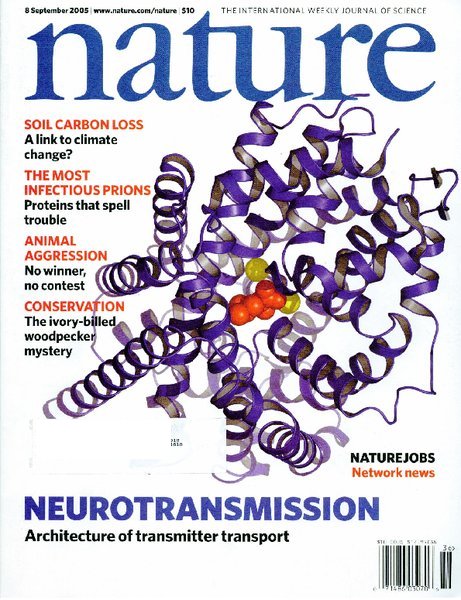Main Page: Difference between revisions
Jump to navigation
Jump to search
(PyMOL 3.0 release) |
HannahKullik (talk | contribs) No edit summary |
||
| (3 intermediate revisions by the same user not shown) | |||
| Line 28: | Line 28: | ||
{| class="jtable" style="float: left; width: 90%;" | {| class="jtable" style="float: left; width: 90%;" | ||
|+ style="font-size: 1.4em; font-weight: bold; text-align:left; border-bottom: 2px solid #6678b1;" | News & Updates | |+ style="font-size: 1.4em; font-weight: bold; text-align:left; border-bottom: 2px solid #6678b1;" | News & Updates | ||
|- | |||
! New Setup | |||
| [https://github.com/kullik01/pymol-open-source-windows-setup/releases/tag/v3.1.0 PyMOL-open-source-windows-setup v3.1] has been released on January 20, 2025. More information under [[Windows Install]]. | |||
|- | |||
! New Plugin | |||
| [[PySSA]] aims to combine PyMOL and [https://github.com/sokrypton/ColabFold ColabFold] to enable the prediction and analysis of 3D protein structures for the scientific end-user. [https://github.com/urban233/PySSA/releases/tag/v1.0.1 v1.0 has been released] on July 10, 2024. | |||
|- | |- | ||
! Official Release | ! Official Release | ||
Latest revision as of 13:01, 21 January 2025
| The community-run support site for the PyMOL molecular viewer. |
| To request a new account, email SBGrid at: accounts (@) sbgrid dot org |
| Tutorials | Table of Contents | Commands |
| Script Library | Plugins | FAQ |
| Gallery | Covers | PyMOL Cheat Sheet (PDF) | Getting Help |
|
|
 A Random PyMOL-generated Cover. See Covers.
|
